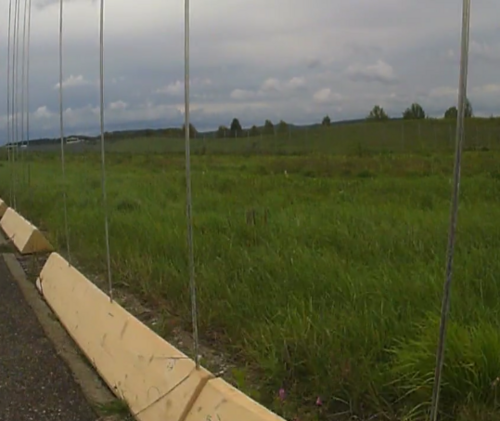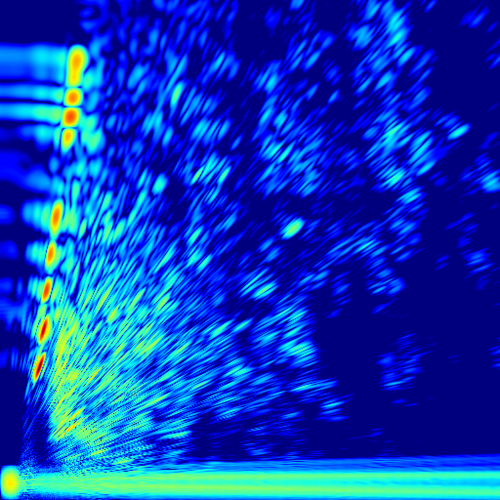The main drawback of radar images is their low resolution in the azimuth domain. SAR image reconstruction approaches use a coherent summation of received signals from different locations to create a large synthetic aperture and improve radar image resolution.
This technique has been employed in remote sensing radar imaging to produce high-resolution images from the earth with a flyable platform. We adapt SAR algorithms to other applications, such as autonomous vehicles and robotics, for simultaneous localization and mapping. Therefore, using an mm-Wave radar system leads us to generate radar images with comparable resolution to Lidar.
Furthermore, SAR imaging techniques show promising results and operate in any weather or light conditions, even with low-cost radar systems. We can generate 4D images (3D + velocity) using a MIMO radar system and elevation beamforming.
Consequently, robustness, cost-efficiency, and adequate resolution of our image formation algorithms generate superior radar images compare to optical or Lidar ones for a wide range of applications. The figures compare an optical photo and a SAR image that radar data is collected using a car.
 An optical photo shows the metal poles in the illuminated
area.
An optical photo shows the metal poles in the illuminated
area.
 A SAR image of the observed area is reconstructed using the Backprojection method. This image shows the poles as point-like targets. In this
test, the platform moves at 20 km/h.
A SAR image of the observed area is reconstructed using the Backprojection method. This image shows the poles as point-like targets. In this
test, the platform moves at 20 km/h.